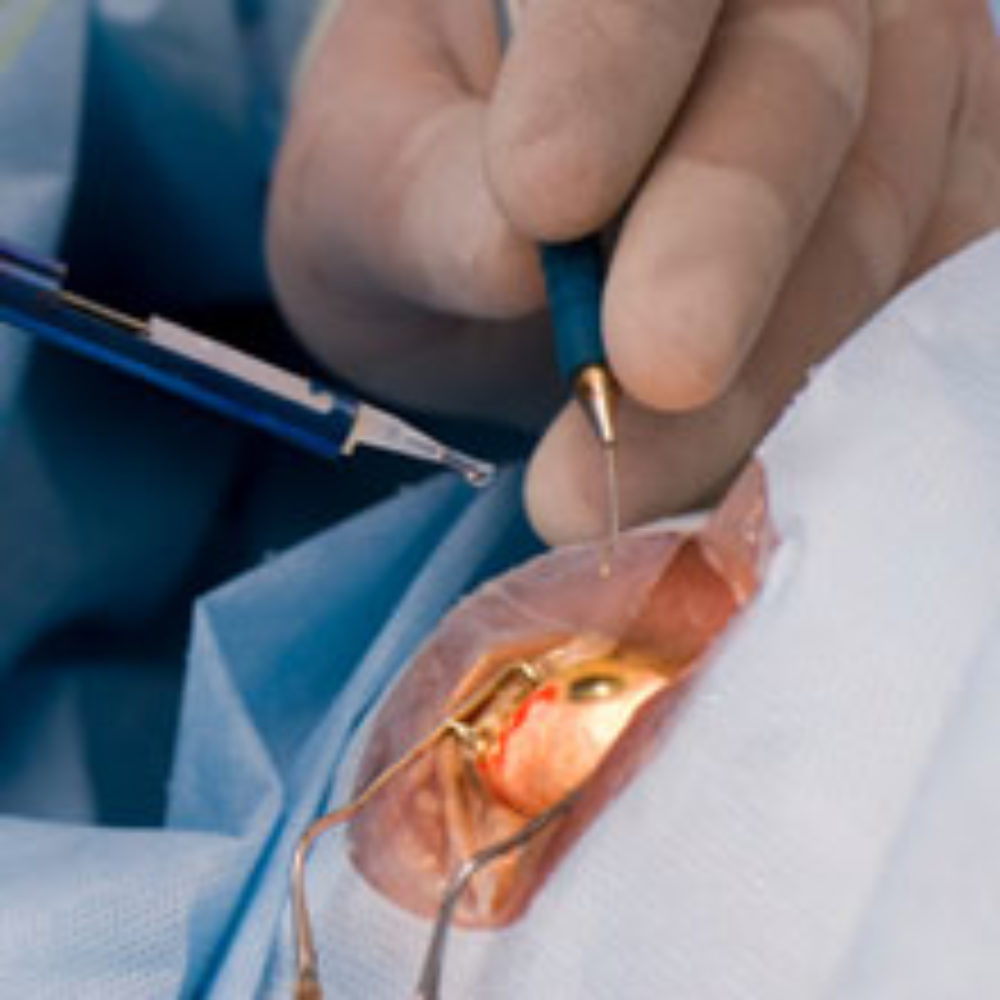St. John’s Wort Use Linked to Cataracts: Study

According to new research, use of the herbal remedy St. John’s wort, which is commonly used as a natural treatment for depression, has been associated with the development of cataracts in humans.
In a study published in the current edition of the medical journal Current Eye Research, scientists from the University of Alabama looked at the relationship between St. John’s wort and cataracts. One active ingredient in St. John’s wort, hypericin, has been connected with crystallization of the eye’s lenses in prior research, but this is the first time the risk of St. John’s wort causing cataracts has been evaluated in human populations.
St. John’s wort is a European weed whose extracts are used as an herbal treatment for depression. It is usually taken either as a tablet or as an herbal tea.

Did You Know?
Millions of Philips CPAP Machines Recalled
Philips DreamStation, CPAP and BiPAP machines sold in recent years may pose a risk of cancer, lung damage and other injuries.
Learn MoreResearchers questioned more than 31,000 people age 40 and over about whether they had cataracts and their use of herbal remedies and treatments over the prior 12 months. The researchers reported that respondents who said that they had cataracts were 59% more likely to also report that they had used St. John’s Wort.
According to a 1999 laboratory study by researchers from Fordham University, hypericin can react to visible and ultraviolet light. The reaction damages proteins in the crystalline lens of the eye, which can lead to the lens losing clarity and result in vision loss. St. John’s Wort is also known to cause photosensitivity in users, which can lead to rashes and pain when the users are exposed to strong sunlight.
The researchers behind the new study warn that the questionnaire format they used has its limits, and more research needs to be conducted. The study could not determine if the relationship between St. John’s Wort and cataracts was dose dependent and could not be used to determine the amount of time between the use of the herbal remedy and the development of cataracts.
Get more articles like this sent directly to your inbox.
"*" indicates required fields




0 Comments